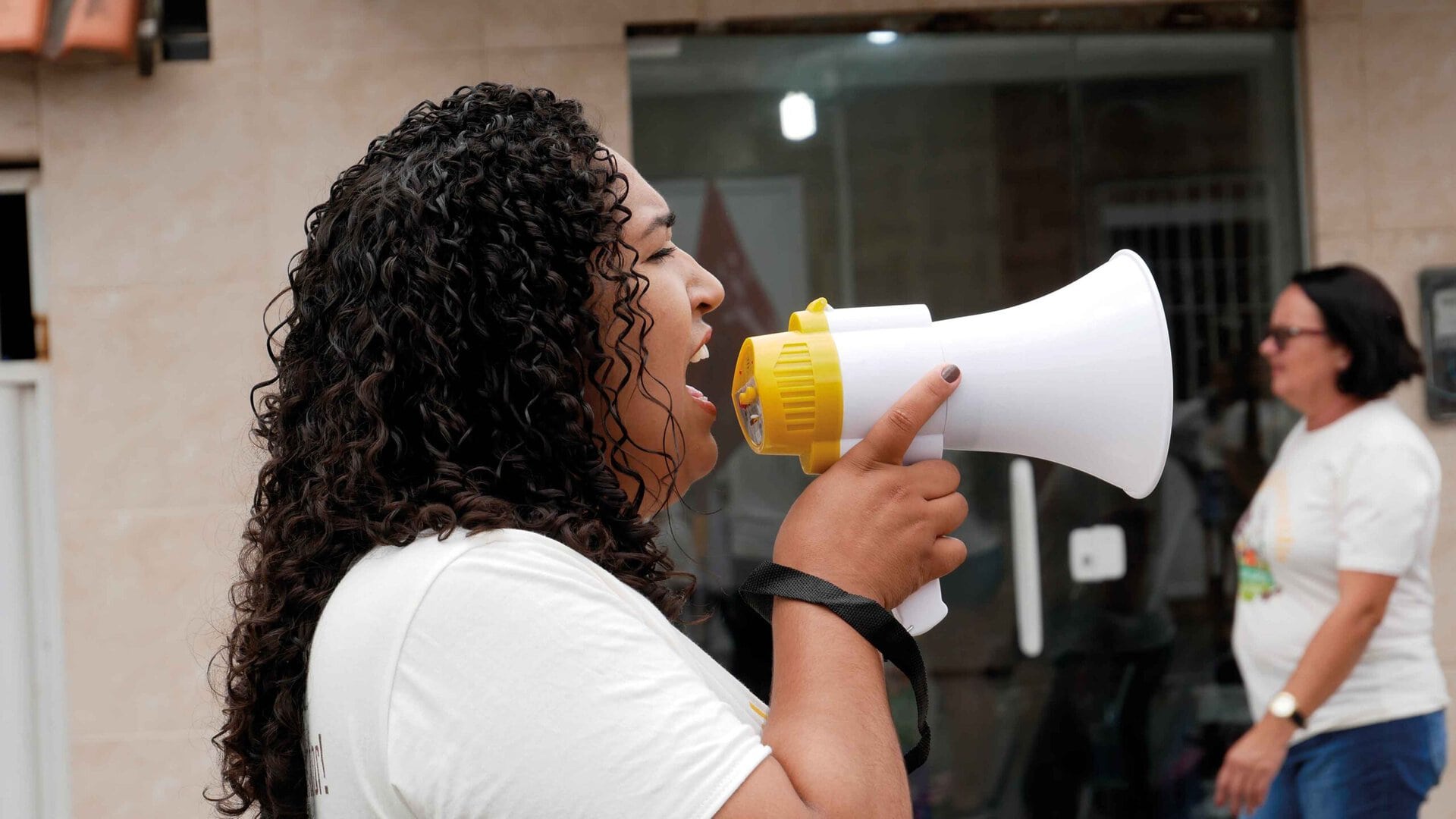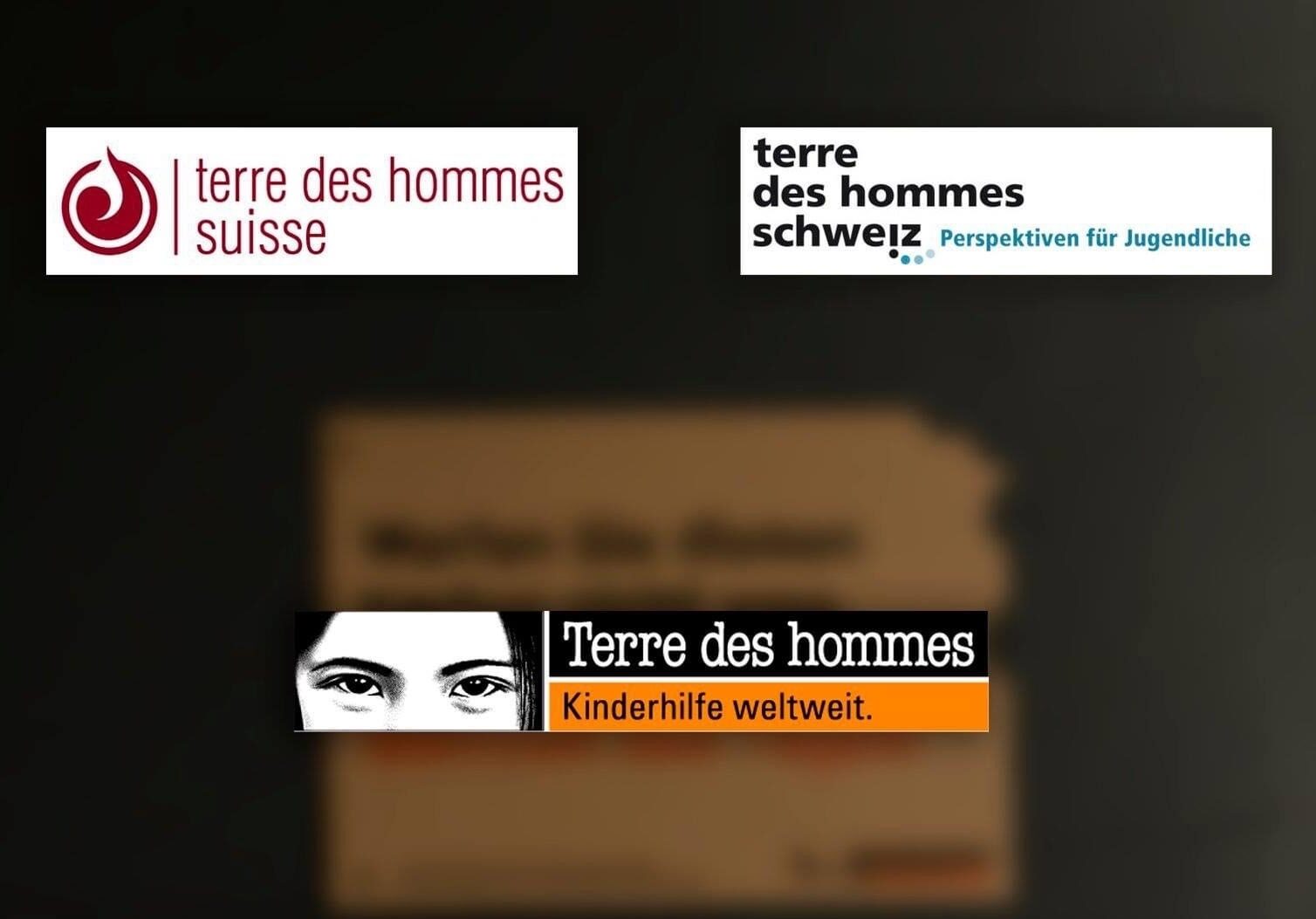Poverty and violence have El Salvador firmly in their grip and drive many young people into the arms of criminal gangs. Where the state abandons them, Quetzalcoatl takes the concerns and fears of vulnerable young people seriously. Our partner organization makes a decisive contribution to ensuring that the violence does not escalate any further.
Andrea Zellhuber, Violence Prevention Officer
“Our neighbors were afraid of us. When we walked down the street, people would cross to the other side,” says Andrés Hernández (name changed), 23, from Apopa, a town with 150,000 inhabitants in the greater San Salvador area. Apopa, where five gangs (maras) fight for control, has the second-highest murder rate in El Salvador. Andrés Hernández was 13 when he became a member of a youth gang. At 14, he was sent to prison for six months. “We did a lot of shit. During that time, I just hung out in the gang. I made bad mistakes,” he says evasively. He doesn’t want to go into more detail.
Getting out before it really started
Unlike many of his peers, however, he was lucky: after his time in prison, he came into contact with the social workers at Quetzalcoatl, terre des hommes schweiz ‘s partner organization in Apopa. That was the turning point in his life. Thanks to their close support, the many discussions and workshops, he was able to come to terms with his situation and his actions. At the same time, he learned to respect himself and others in the youth group. With Quetzalcoatl’s support, he managed to get out of crime before his criminal career took off in earnest.
The legacy of the civil war
The path that Andrés Hernández took at the age of 13 would otherwise have led him into serious crime and almost certainly to his death. El Salvador has one of the highest murder rates in the world. Violence is omnipresent in the Central American country. Young people are particularly affected – both as victims and perpetrators. They are particularly vulnerable to recruitment by the gangs. Gang members often come from broken families, see no other prospects in life and have a huge amount of anger in their bellies. Poverty and war trauma still have a firm grip on the country 25 years after the end of the civil war (1980 – 1992). The country’s long history of violence helps to understand why youth violence has reached such terrible proportions today. During the war, countless young people fled to the USA, where they came into contact with street gangs. They formed their own gangs in self-defense. After the war, many were deported back home. They imported the gang culture into the war-torn country. The hopelessness of the post-war years was a fertile breeding ground for the violent maras, which spread rapidly. Today, the gangs have an estimated 70,000 members and 750,000 sympathizers. With their strict rules and brutal rituals, the gangs offer them structure and protection. For many young people, they are more or less a substitute for family.
State reacts with repression
The state, for its part, is overwhelmed by the situation. There are hardly any financial resources available for the education and support of young people. Nor does it pursue a prevention policy that addresses the causes of this development and develops social countermeasures. The government merely reacts with repression, an omnipresent police presence and violence. The security forces often act arbitrarily without having to fear any sanctions.
Maras or police – who is worse
For young people, a tattoo, a certain outfit or a certain hairstyle is enough to make them appear suspicious to the police. “As a young person, you’re always labeled as a potential criminal or a good-for-nothing. Being young is a crime in this country,” says Andrés Hernández. For their part, the population of the poor districts are usually even more afraid of the unpredictable police than of the maras. This is because the gang members come from their own neighborhoods, and in some cases they can negotiate with them.
Alternatives to the mara survival strategy
Where the state fails, non-governmental organizations such as Quetzalcoatl, which is supported financially and with expertise by terre des hommes schweiz, fill the gap. Quetzalcoatl offers vulnerable young people in San Salvador who have not yet fallen into the clutches of the maras alternatives to the mara survival strategy. And it shows those who have had their first criminal experiences ways out of the spiral of violence. Her social workers need a great deal of patience, skill and empathy to do this, as the young people feel backed into a corner by prejudice and mistrust.
Employees come from the same background
The employees and volunteers at Quetzalcoatl know how the young people feel. They are young themselves, come from the same background and know their need for belonging and respect. In the group, they offer the young people a safe space to share their worries and fears. Quetzalcoatl works with them to develop non-violent community activities in which they can contribute their own ideas and interests and at the same time get involved in improving their neighborhood. In addition, some of the young people from these groups are trained as youth leaders, who in turn set up new youth groups and become positive role models for other young people at risk, like Andrés Hernández.
A new opportunity for Andrés Hernández
“At first, I didn’t really understand what the Quetzalcoatl people wanted from me,” he recalls of his first contacts with the organization. “But they were persistent and the meetings in the youth group moved something in me. At some point, I understood that my life would never get better if I stayed in the gang.” In the group, the 30 or so young people were able to address topics that never came up at school. They talked about sexuality, conflict resolution and how young people are treated in the community. “We then thought about what we could do in our neighborhood. For example, there was the only small football pitch in our neighborhood, which was completely littered and neglected. So we went on a garbage collection campaign and painted the posts,” says Andrés Hernández about his group’s first actions. At first, the neighbors didn’t want to join in. “But we didn’t give up and over time more and more people trusted us and got involved.” This was followed by parties and neighbourhood activities organized by the young people, in which parents and the neighbourhood were also involved. These concrete and visible activities promoted a sense of community in the neighborhood and completely changed attitudes towards young people. Today, the neighborhood community sticks together better and is thus better able to counter the further escalation of violence and protect itself.
And Andrés Hernández? He lives with his parents and works as a social worker in a prison. He seems very mature for his 23 years, confident and optimistic. He has learned that he can give his life a positive turnaround through his own efforts – a realization that he is now passing on to others.



